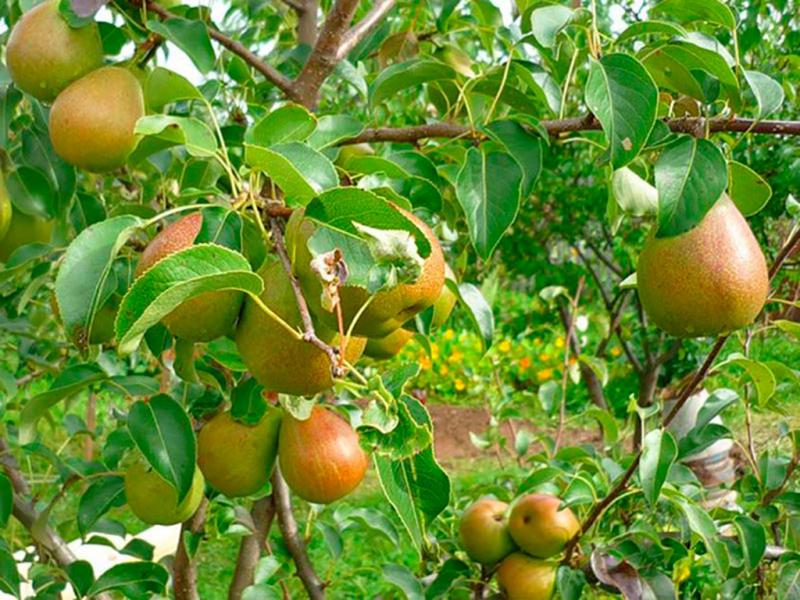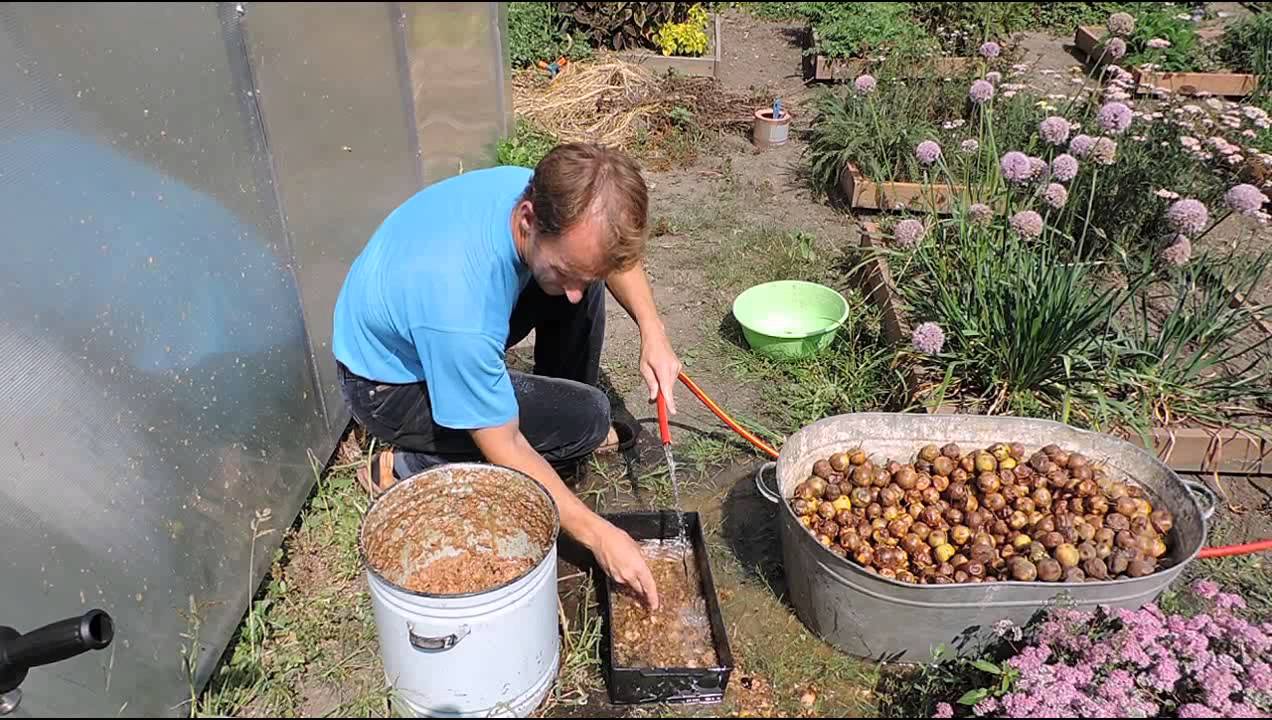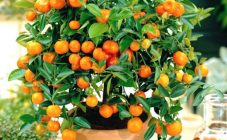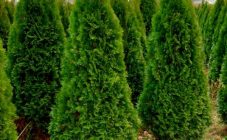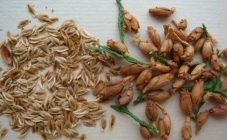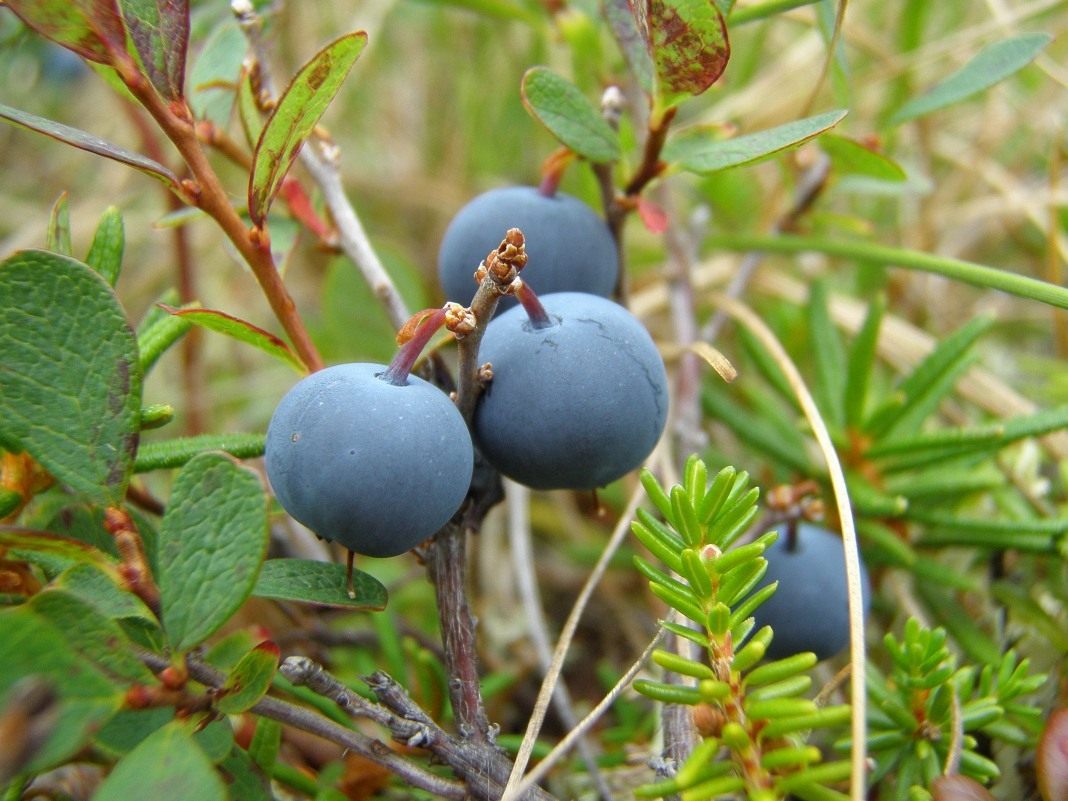Content:
Pears are grown everywhere in Russia, be it the Urals, the Caucasian regions, the Leningrad region or the Moscow region. There are also cold-resistant varieties, for example, the Ussuriyskaya pear, which thrive in the cold expanses of Siberia.
Often, when growing a pear, a situation arises when the seedling turns out to be unviable: it grows poorly, foliage forms slowly and quickly falls off, fruiting is weak, poor. That is why it is very important to know the reasons due to which such problems arise, and to strictly follow the rules of agricultural technology for growing this crop.
There can be quite a few reasons for poor growth: from improperly selected planting material to various diseases that the plant is often exposed to. A gardener must adhere to the planting rules, provide trees with comprehensive care, know what the pear loves, what conditions are unacceptable for it, and then the pear will delight with its fast growth and excellent harvest. A description of how to grow a pear and how to properly care for it will be presented below.
How pears reproduce
There are two types of propagation of fruit crops, including pears:
- Seminal. It is quite simple to grow a crop in this way, but at the same time there are some problems associated with the growth of young trees and the quality of their fruiting. Pear seeds often do not germinate. This is due to violations in the preparation of planting material.
- Vegetative is the most common method due to its ease of use and high levels of fruiting. Includes three types of breeding:
- kidneys;
- cuttings;
- layering.
During vegetative propagation, the cuttings and buds of the plant are grafted onto other fruit trees. Thanks to this, the first harvest appears much faster than usual, and at the same time the fruits have an unusual, unique taste. The success of cultivation in this case will depend on the presence of mature, well-rooted trees on the site, for which it is planned to carry out a rootstock of pear cuttings.
There is a technology for propagating a pear tree with self-made layers. This method is used when there are no natural basal processes. Then they take one branch and bend it to the ground so that part of the bark is in the ground. The branch in this form is fixed with wire. After a while, the pear sprout releases its roots, which allows it to be moved to a new place in the future. The twig takes root pretty quickly on the site.
Reproduction by green cuttings is one of the most common methods today. It consists in the preparation of green branches and their subsequent processing to stimulate intensive growth and root formation. The game is then rooted in nutrient-rich soil (container or pot). For several months, the seedlings are watered and fed with mineral fertilizers.After 3-4 months, roots form on the shoots, after 6 months, the cuttings can be planted in open ground.
Agricultural technology of cultivation
Many people wonder how to grow a pear in the country and when is the best time to do it.
Landing
The best time to plant a pear is spring, namely the first days of May. In the fall, planting of a crop is also allowed - preferably in October or early November. The sooner this happens, the better. In the first autumn months, the weather is warm enough to promote a fresh root system. Until the beginning of spring, the tree is fully prepared for the growing season. This is some advantage of the autumn planting of fruit crops over the spring.
The planting hole is prepared two weeks before the seedlings are placed directly into the ground. If the groundwater runs at a depth of less than 1.5 meters, the tree is planted on a hill. When digging a hole, the soil is taken out in layers, dividing them into two groups: one with the upper fertile layer, the second with all the rest of the soil.
The recommended diameter of the planting pit is from 70 to 80 cm, the depth is from 60 to 70 cm. A wooden stake up to 1.5 meters high is placed in the center of the recess. Next, natural fertilizers are poured (2-3 buckets). Mineral dressing is not necessary at this stage, provided that the soil contains sufficient nutrients. If the opposite is assumed, for insurance, you can add about 200 g of phosphate-potassium fertilizers.
Before planting, the plant is thoroughly examined, the roots are trimmed, damaged shoots are removed and kept in water for 1-2 days.
When planting, the roots of the tree are carefully straightened along the ground so that no kinks and irregularities remain. Then the pit is sprinkled with the top soil layer, starting from the edge and gradually moving to the middle. Next, the soil is slightly trampled under the foot.
From time to time, the seedling needs to be shaken. When planting, it is necessary to ensure that the root collar rises 5 cm above the pit. It is not allowed to bury the seedlings when they are rooted in the ground. Otherwise, pear growth will slow down, yield indicators will decrease, in some cases, the fruit tree may die altogether.
After planting, the seedlings are plentifully watered. The amount of water does not depend on the weather and soil moisture. Then the soil is sprinkled with mulch. Peat or humus is used as the latter.
As for growing pears in central Russia (Moscow region), before growing a pear, you first need to find out which varieties are suitable for a given climate. Among the recommended varieties of culture, one can single out such as:
- August rose:
- Quiet Don;
- Samara beauty;
- Miracle woman;
- Fun;
- Columnar;
- Marshal Zhukov and others.
The preferred planting option is autumn. Sowing is carried out in a pre-prepared planting pit. 2-3 grains are enough for one planting. In spring, the first seedlings appear from pear seeds. Then the strongest and healthiest seedling is selected, which is further grafted with the desired variety. Before grafting, cuttings (specially purchased for this procedure) should be treated with disinfectants.
Pear care
In the spring, the soil is loosened and digged. For 3 or 4 years of tree life, the culture is fertilized with organic and mineral mixtures. Top dressing is carried out by digging into the near-trunk zone. Depending on the type of fertilizer, their quantity differs.If humus is introduced, then 4-8 buckets are enough, if peat, then 10-20 will be enough, if compost, then 6-10 buckets.
Pear fruiting begins at 4-6 years of age. Pear varieties are divided into summer, autumn and winter. Depending on this criterion, fruits are harvested in different ways: summer fruits a week before ripening, autumn fruits 2 weeks before, winter fruits are not removed until the onset of stable frosts.
How to grow a pear from seeds
Pear seeds take several months to germinate. Moreover, one fruit usually produces several seedlings at once, which is a significant advantage of this method of growing a culture.
Agricultural engineering consists of several stages:
- Seed selection. In November or winter, a ripe pear is cut in half, the seeds are taken out and placed in a small bowl of hot water. After washing the seeds, it is necessary to check their germination using a solution of indigo carmine (2 g per 1 l of water). For a day, the seeds are kept in water, after which the skin is removed from them, and the seeds are placed in a solution. After 3 hours, the planting material is carefully examined: the seeds that have lost their germination will change color.
- Seed preparation. The bones are thoroughly washed, dried and carefully examined for integrity. In the future, the seeds should remain dry.
- Stratification. The washed dry grain is wrapped in wet gauze. When the seed is ripe, it can be planted in a pot. For the normal growth of the pear, it is necessary to provide air access to the seeds, humidity and low temperature.
- Preparing for landing. This stage of pear cultivation includes the following actions:
- choosing a pot for planting (the diameter should be from 10 to 12 cm, the material is ceramics; the vessel is filled with a drainage layer, sand and humus are added on top; the seed is buried to a depth of 4-5 cm);
- soil preparation (in this case, garden land or purchased soil intended for growing seedlings is perfect);
- selection of high-quality fertilizer (as top dressing, you can use 1 kg of superphosphate, a little humus (30 g) and a little more than 1 kg of lime).
- Planting and growing. Includes the following steps:
- after germination of the seed, it is planted in a pre-prepared pot;
- when the first sprouts appear, the pear is transferred to a warm and humid place (if it is an apartment, then a glazed balcony on the sunny side is perfect), plants can be sprayed with water at room temperature, in summer the culture is watered 2 times a week, in winter - no more than 3 times a month.
Pears are quite demanding and capricious fruit crops, as a result of which growing pears requires a lot of time and effort. A good harvest is guaranteed only with proper planting, proper care and quality cultivation in accordance with all recommendations and step-by-step instructions. This culture has outstanding decorative qualities, which are especially pronounced in the summer during flowering, the fruits of the tree are distinguished by excellent taste. Thus, cultivating a homemade pear is worth investing all the necessary resources into this process.
